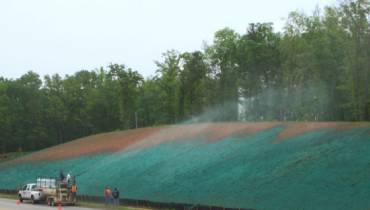By stabilizing soils, long-term permanent strength gains are achieved by transforming their physical properties. Soil can be stabilized by increasing its shear strength and overall bearing capacity. The stabilization of the material forms a solid monolith that reduces permeability, reducing shrinkage and swelling, and freezing and thawing effects.
As the foundation of all other parts of a project, stabilized soils provide a strong working platform. By forming permanent pozzolanic reactions, weak soils can be transformed after stabilization techniques. It means that soils are not susceptible to leaching and are drastically reduced in permeability, which results in a reduction in shrink/swell potential and an increase in freeze-thaw resistance. Moreover, soils that have been stabilized have also been modified. Therefore, compaction is easier, and plasticity is reduced due to physical changes in the soil. Increasing dry density is easier with easier compaction. In geotechnical terms, the plasticity index refers to a soil’s critical water content. Reducing soil plasticity increases its friability and workability.
During soil stabilization, soil samples are analyzed in the laboratory to determine how much chemical modifier is required. To determine how much material is needed to break down and stabilize soil, Eades and Grim pH tests are commonly used (ASTM D 6276).
Usually, pneumatic tankers are used to transport material to the Jobsite, but bulk bags and dump trucks can also be used. In order to spread the material throughout the site, spreader trucks or excavators are used. Chemical modifiers are thoroughly mixed with soil in industrial reclaimers so that reactions can occur. As a result of these reactions, the soil undergoes physical modification as well as pozzolanic reactions within the soil, which result in long-term permanent strength gains. It may be necessary to wait a short period of time for some products to allow their reactions to complete.


